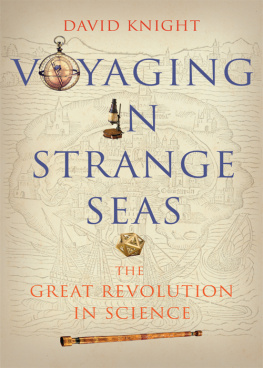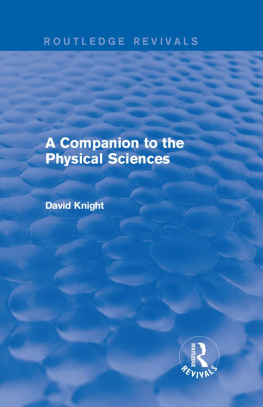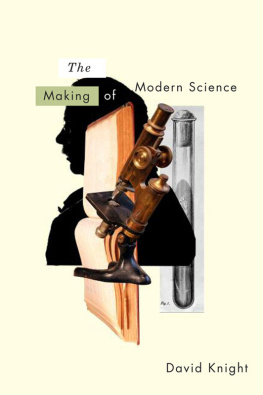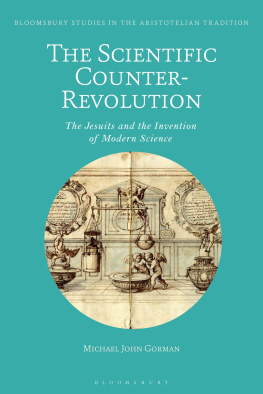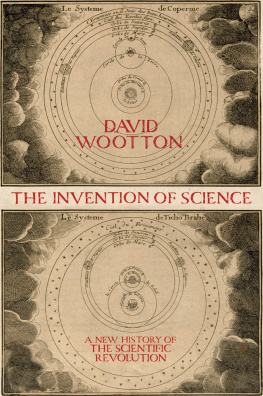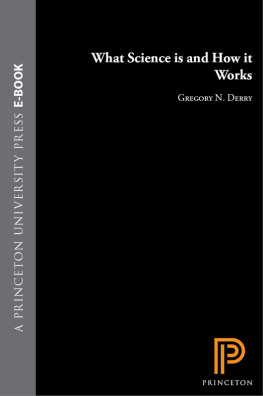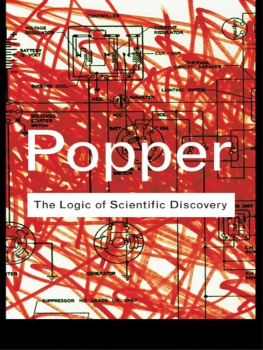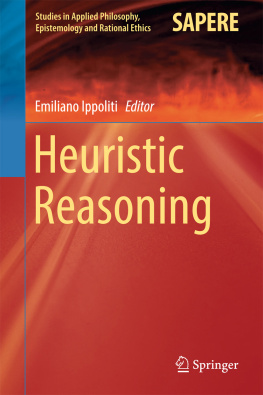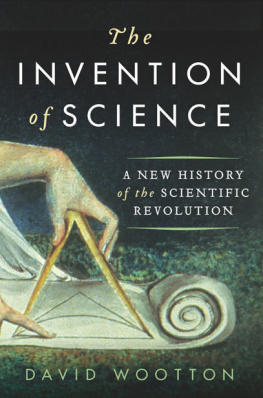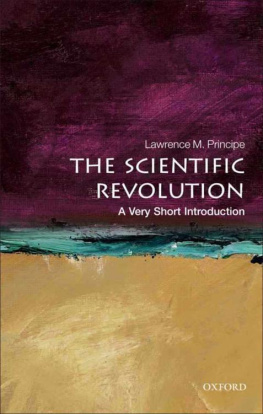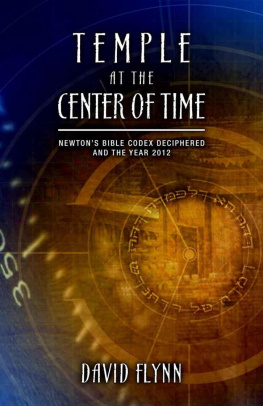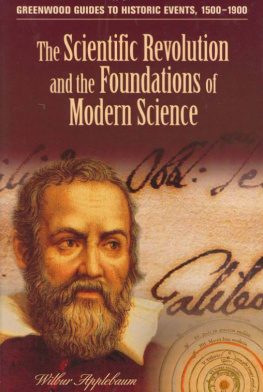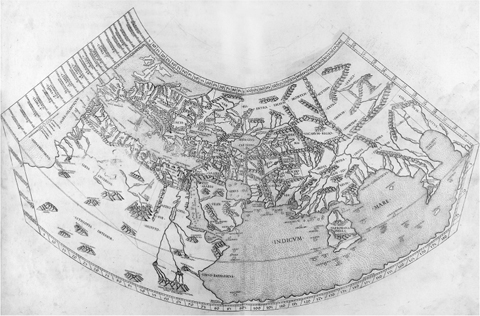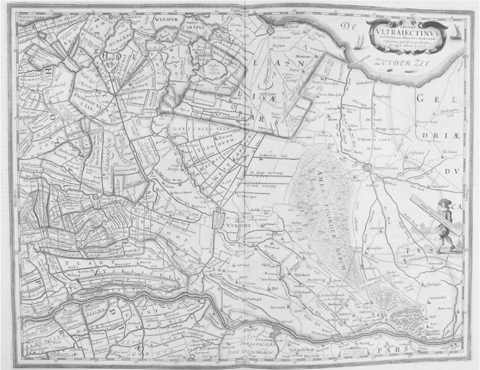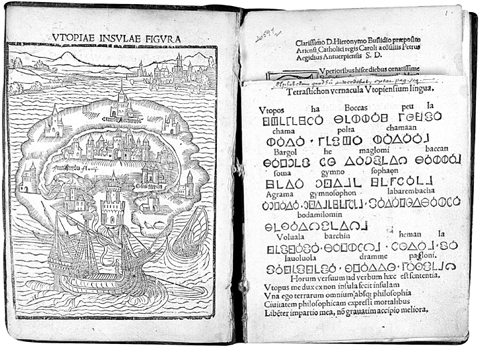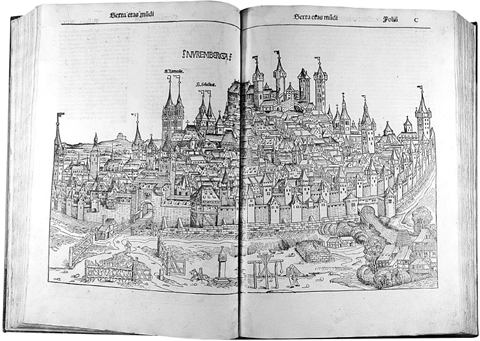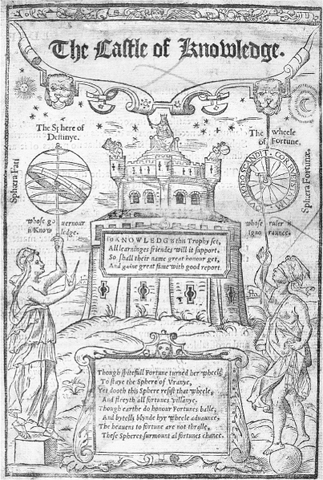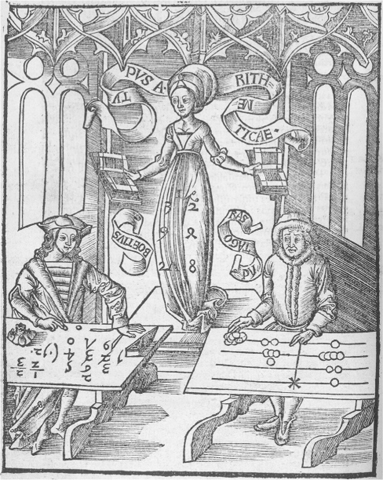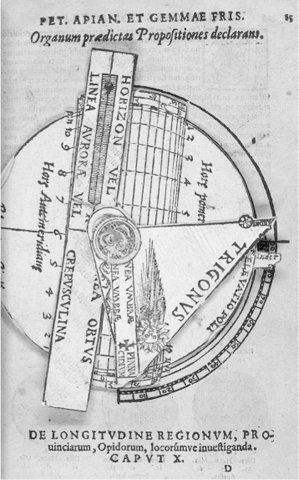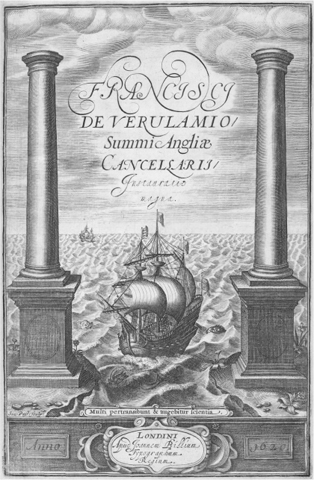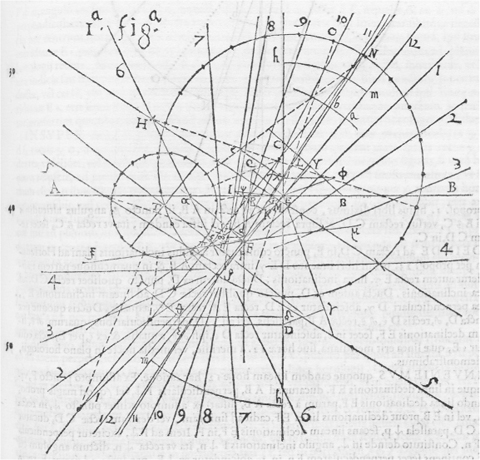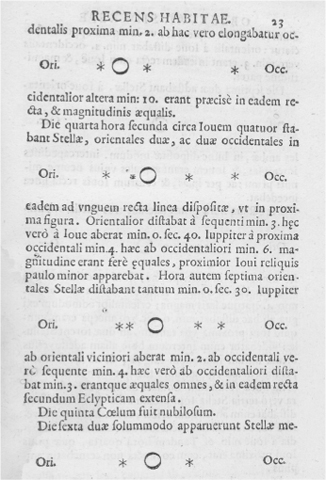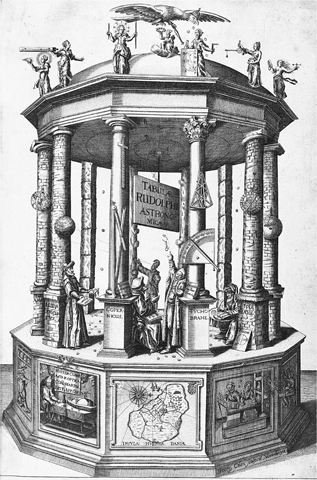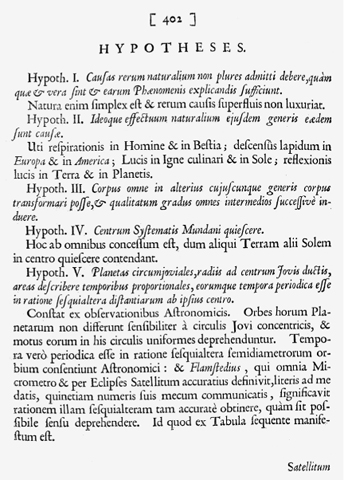David Knight - Voyaging in Strange Seas: The Great Revolution in Science
Here you can read online David Knight - Voyaging in Strange Seas: The Great Revolution in Science full text of the book (entire story) in english for free. Download pdf and epub, get meaning, cover and reviews about this ebook. year: 2014, publisher: Yale University Press, genre: Romance novel. Description of the work, (preface) as well as reviews are available. Best literature library LitArk.com created for fans of good reading and offers a wide selection of genres:
Romance novel
Science fiction
Adventure
Detective
Science
History
Home and family
Prose
Art
Politics
Computer
Non-fiction
Religion
Business
Children
Humor
Choose a favorite category and find really read worthwhile books. Enjoy immersion in the world of imagination, feel the emotions of the characters or learn something new for yourself, make an fascinating discovery.
- Book:Voyaging in Strange Seas: The Great Revolution in Science
- Author:
- Publisher:Yale University Press
- Genre:
- Year:2014
- Rating:5 / 5
- Favourites:Add to favourites
- Your mark:
Voyaging in Strange Seas: The Great Revolution in Science: summary, description and annotation
We offer to read an annotation, description, summary or preface (depends on what the author of the book "Voyaging in Strange Seas: The Great Revolution in Science" wrote himself). If you haven't found the necessary information about the book — write in the comments, we will try to find it.
This engaging book takes us along on the great voyage of discovery that ushered in the modern age. David Knight, a distinguished historian of science, locates the Scientific Revolution in the great era of global oceanic voyages, which became both a spur to and a metaphor for scientific discovery. He introduces the well-known heroes of the story (Galileo, Newton, Linnaeus) as well as lesser-recognized officers of scientific societies, printers and booksellers who turned scientific discovery into public knowledge, and editors who invented the scientific journal. Knight looks at a striking array of topics, from better maps to more accurate clocks, from a boom in printing to medical advancements. He portrays science and religion as engaged with each other rather than in constant conflict; in fact, science was often perceived as a way to uncover and celebrate Gods mysteries and laws. Populated with interesting characters, enriched with fascinating anecdotes, and built upon an acute understanding of the era, this book tells a story as thrilling as any in human history.
David Knight: author's other books
Who wrote Voyaging in Strange Seas: The Great Revolution in Science? Find out the surname, the name of the author of the book and a list of all author's works by series.

